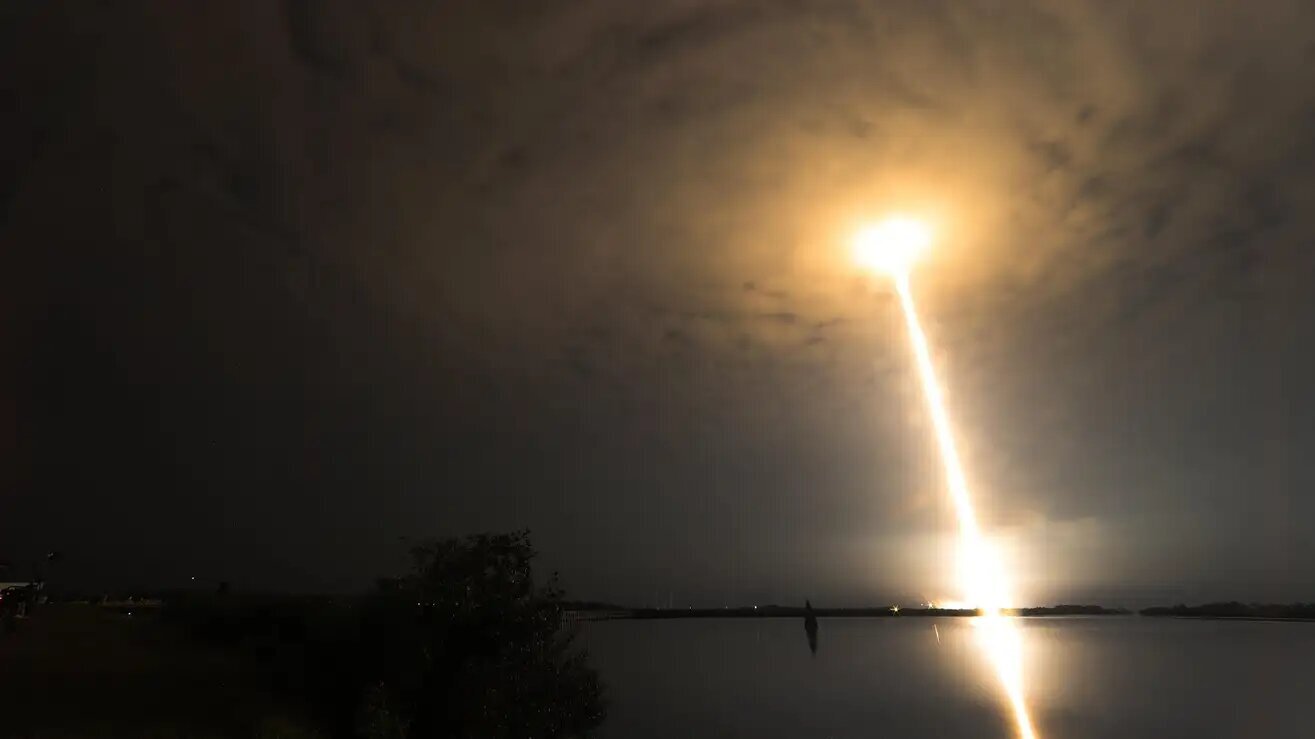In mid-July, spectators hoping to see a SpaceX rocket launch were stunned to see an aurora-like bright phenomenon appear over Arizona afterward. The rocket formed a hole in the upper atmosphere, as evidenced by the red glow captured by photographers on the ground.
The glow itself was nothing new, similar disturbances in the Earth’s upper atmosphere have been occurring for many years. The glows are often spherical in shape and are caused by interactions between rocket exhaust and the ionosphere, the ionized region of the upper atmosphere 43 to 250 miles (69 to 402 km) above the Earth’s surface.
But now some astronomers say these phenomena are becoming more frequent. Stephen Hummel, an astronomer and light pollution mitigation specialist at McDonald Observatory in Texas, told Spaceweather.com that there are two to five celestial glows per month. The glows are visible to the naked eye and remain in the sky for a few seconds to a few minutes.
When rockets are launched, they can “punch holes” in the atmosphere, leaving a red glow. But SpaceX’s “auroras” occur when rocket second stages burn up to return to the surface. The once-rare glowing phenomena is becoming more common as rocket launches become more frequent.
In 2017, the exhaust plume from a SpaceX Falcon 9 rocket left a hole about 560 miles (900 km) wide in the ionosphere, according to a 2018 paper in the journal Space Weather; the hole could have caused small errors in the range of GPS systems (which transmit radio waves) of up to one meter, the researchers concluded. The impact of the glow on astronomical observations is still unclear.

“Their impact on astronomical science is still being evaluated,” Hummel told Spaceweather.com. “Starlink satellites are a known problem, but the impact of the rocket launches themselves is getting more attention.”
Protecting Earth’s skies is becoming a busy job in these tumultuous days of spaceflight. Earlier this year, a team of researchers discovered that the night sky is becoming increasingly difficult to see due to “sky glow” – human light pollution that brightens the night sky. In addition to the eerie red glow, various rockets and satellites flying through Earth’s stratosphere leave behind metals, polluting it, according to a study recently published in the Proceedings of the National Academy of Sciences.
SpaceX is also responsible for the Starlink satellite constellation, which greatly expands Internet access around the world, albeit at the cost of astronomical observations. But the next-generation Starlink satellites are about ten times weaker than the original satellites, Gizmodo previously reported, suggesting that the company is working to reduce the detrimental impact on astronomy.
We’ll see what happens, but whatever the potential consequences of SpaceX’s aurora, at least now you know what’s causing it.






